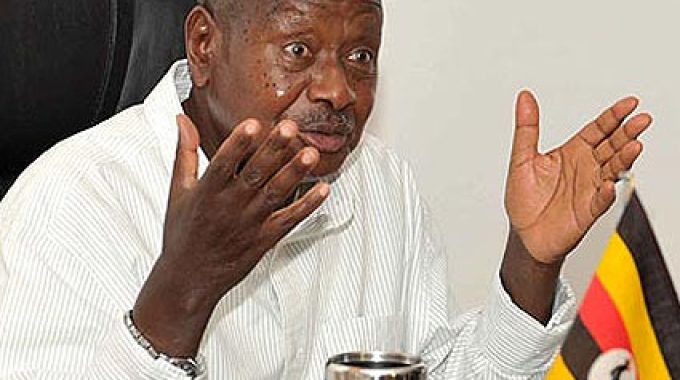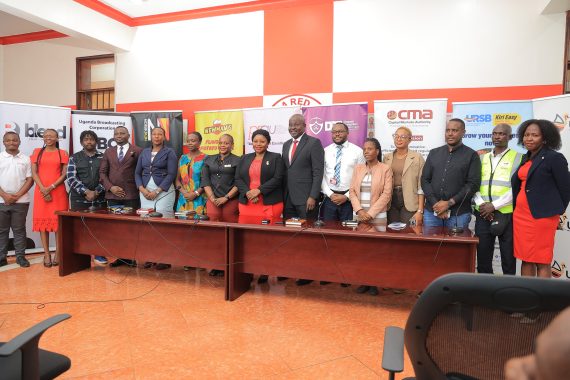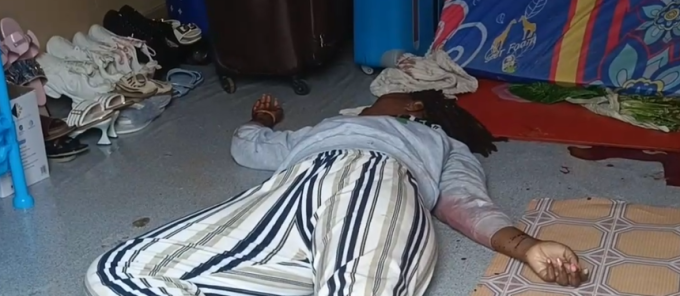President Yoweri Museveni has mourned victims of floods in Mbale and Kapchorwa.
In a statement Thursday afternoon, the President said, “This loss highlights, once again, the dangers inherent in environmental degradation by cutting forests, invading wetlands, cultivating on river banks, throwing polythene bags in drainage channels, thereby blocking the free flow of water, settling in flood plains of rivers etc.”
Museveni revealed that the cabinet would issue directives next week on all issues that must be followed up without hesitation. “Why should Ugandans die needlessly and also destroy our environment?” he demanded.
He, however, said that leaders who mislead people and encourage them to go against the environmental plan should know that they are answerable to God for the death of these innocent Ugandans.
The President said that the Government is sending relief to the displaced.
By press time, over 25 people had been confirmed to have died following last week’s disaster.
Death toll
By press time, the death toll resulting from flooding in the Elgon sub-region had increased to 29, the Ministry of Relief, Disaster Preparedness and Refugees has revealed. The disaster followed heavy rains that pounded the Bugisu and Sebei regions on July 30, 2022, forcing several rivers to burst their bunks leading to flooding and landslides in Mbale, Manafwa, Bulambuli, and Kapchorwa districts.
Addressing journalists at the government-owned media center on Tuesday, Hilary Onek, the Disaster Preparedness Minister said that the number of fatalities has risen to 29 from the 23 that were previously recorded in Mbale. He says 3 new cases were from Kapchorwa and Sironko districts respectively.
According to the minister, up to 800 households are affected by this calamity including an industrial park, 3 health center IIIs, 14 bridges, 7 educational institutions, several hotels, and recreational facilities as well as agricultural installations.
Though this area is prone to landslides and flooding because of its natural terrain, this one around is unique in a way that it has heavily affected the Mbale City divisions, which hasn’t been the case in the past. To this, the minister says that the continued environmental degradation in the area has led to this catastrophe. He cited the example of an industrial park that was built in a swamp, which used to serve as a water passage.
Read https://www.galaxyfm.co.ug/2022/08/04/museveni-hands-shs5m-to-each-member-of-mbale-flood-victim/
In Mbale city, over 250 acres of Bugema and Namatala swamps were turned into an industrial park, and along with Nasenyi, Kamonkholi, Musoto Masanda Doho, Busamaga Marare and Maluku wards.
He also says that residents have also continued to settle on mountain slopes where they also carry out agricultural activities, which have destabilized the area making it vulnerable when the area receives heavy rains. To eliminate this, Onek says that the cabinet had adopted a strategy that will see many people evacuate from swamps and other areas which are regarded as environmentally protected areas;
At the moment, the government in collaboration with partners like the Uganda Red Cross Society is offering relief, taking care of emergencies as well as searching, rescuing, and retrieving bodies.
However, the minister says that in the midterm, the government will be fixing the roads in the area, allowing economic activities to resume, and delivering medical supplies but the long-term plan is to relocate people from mountain slopes and river banks to safer places.












